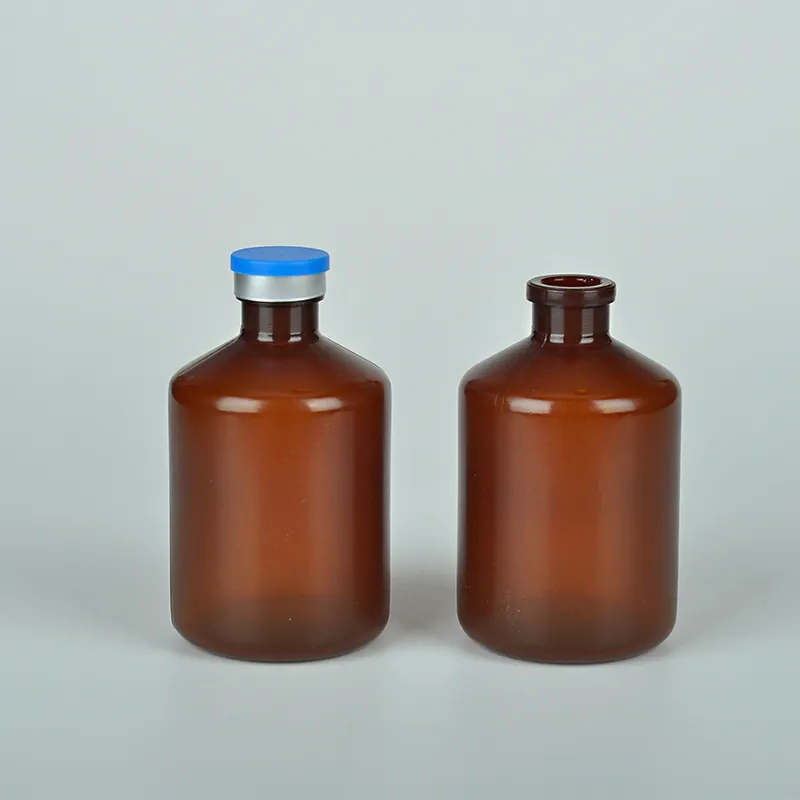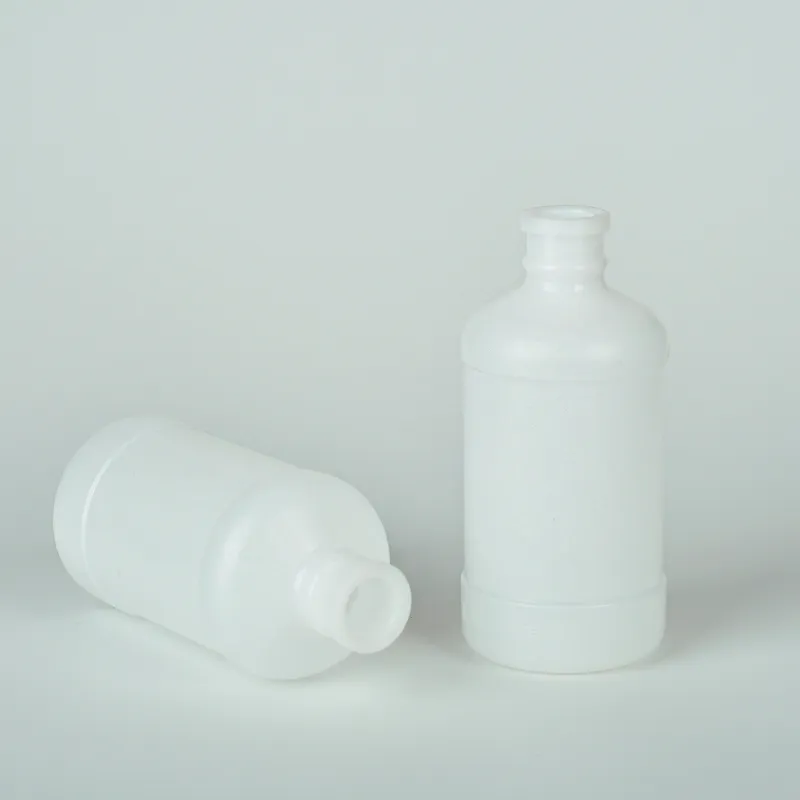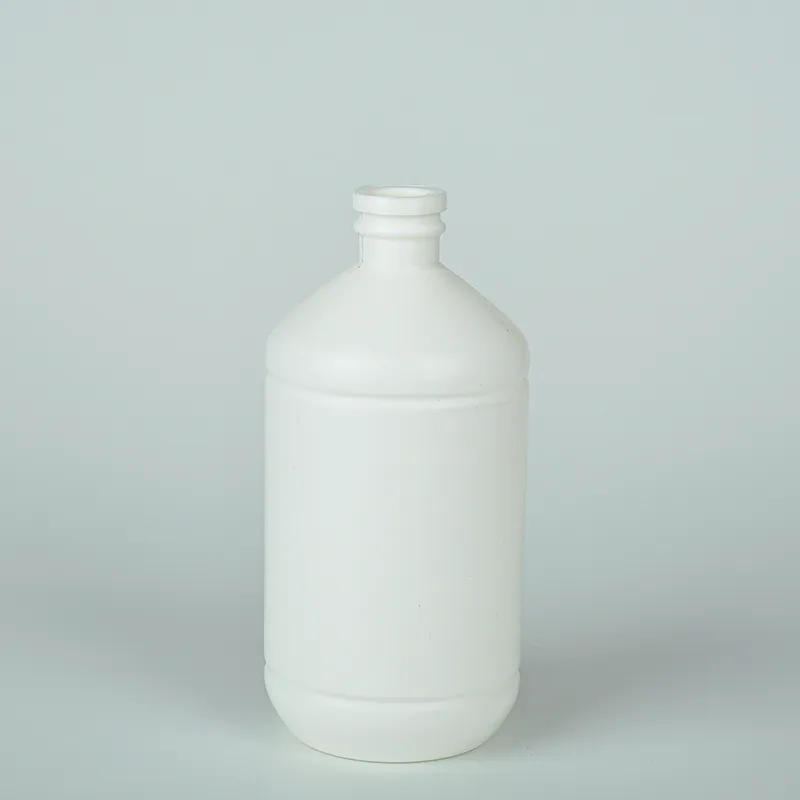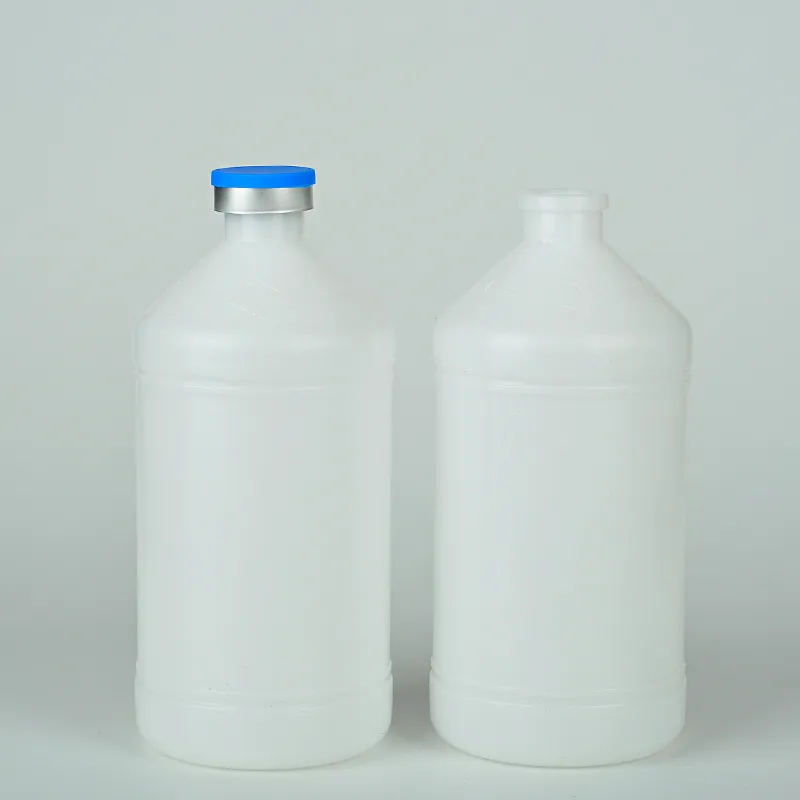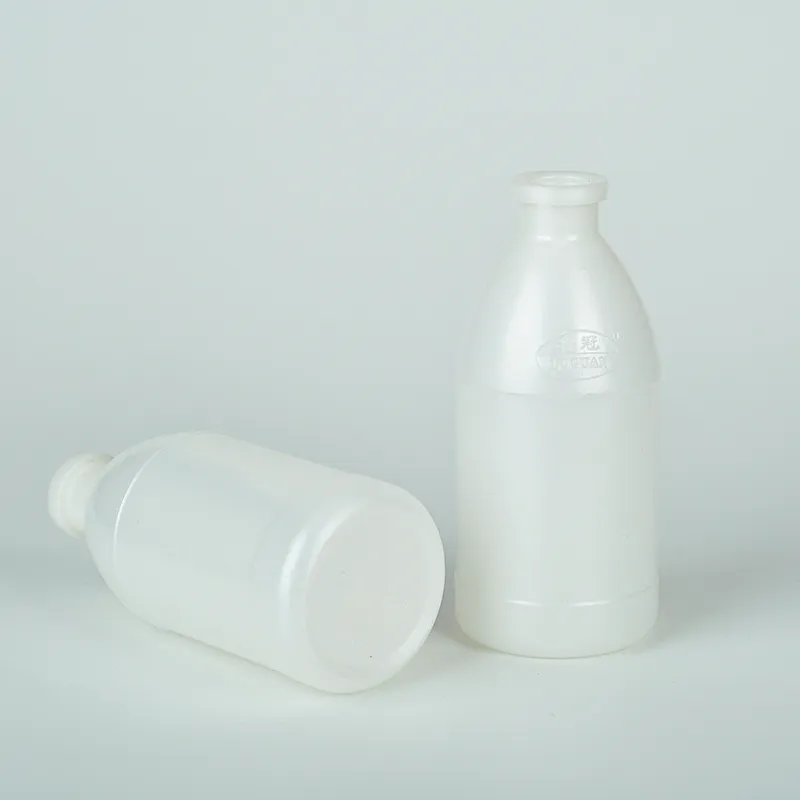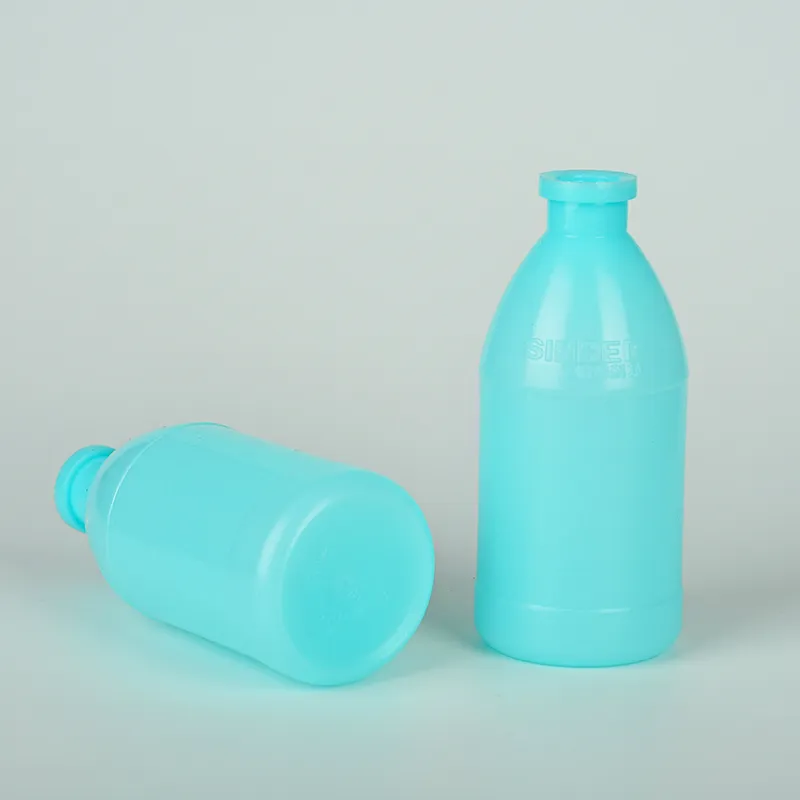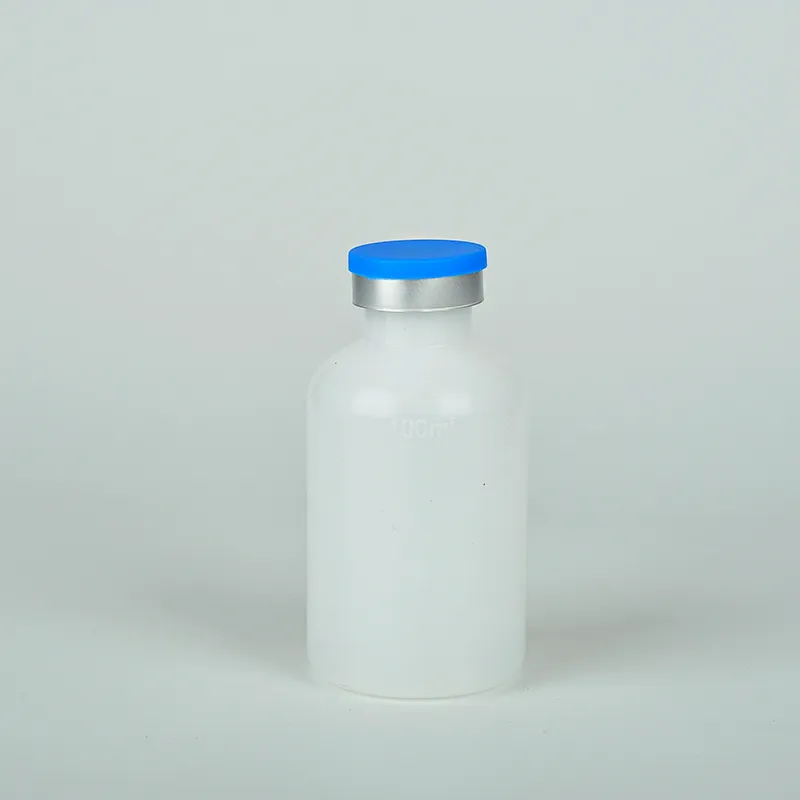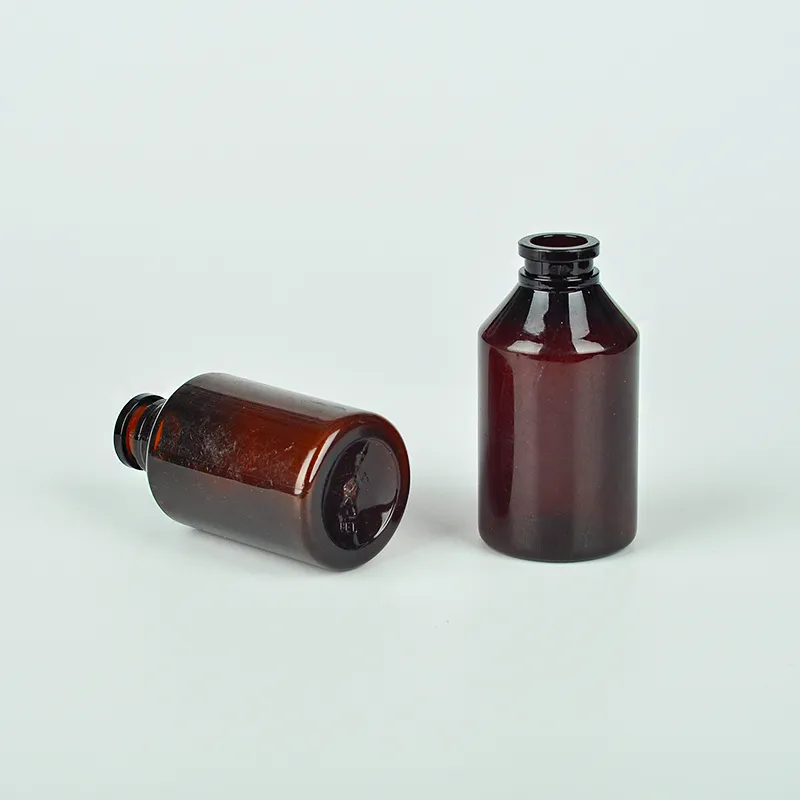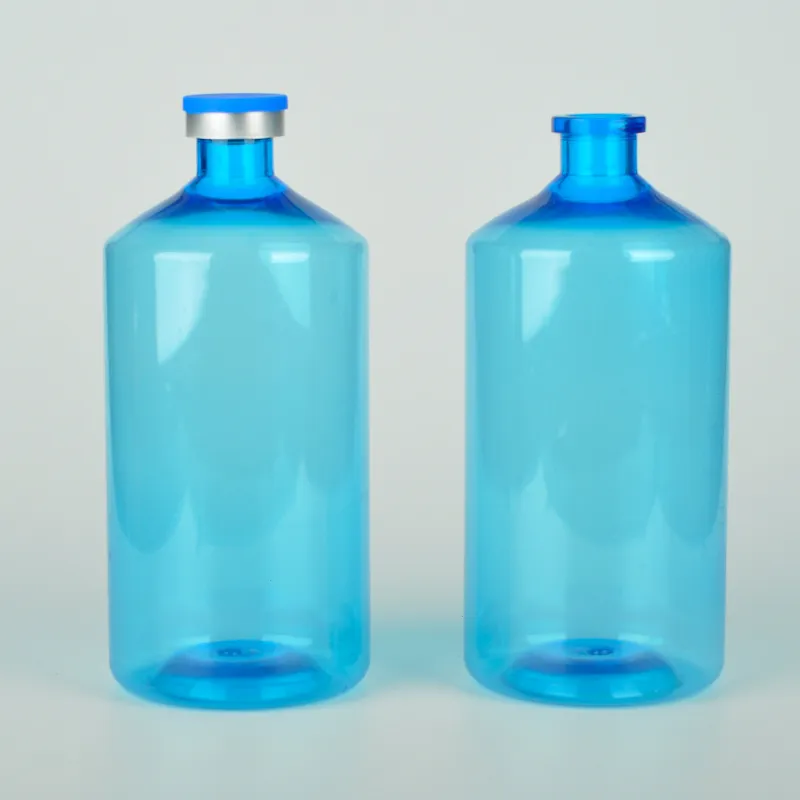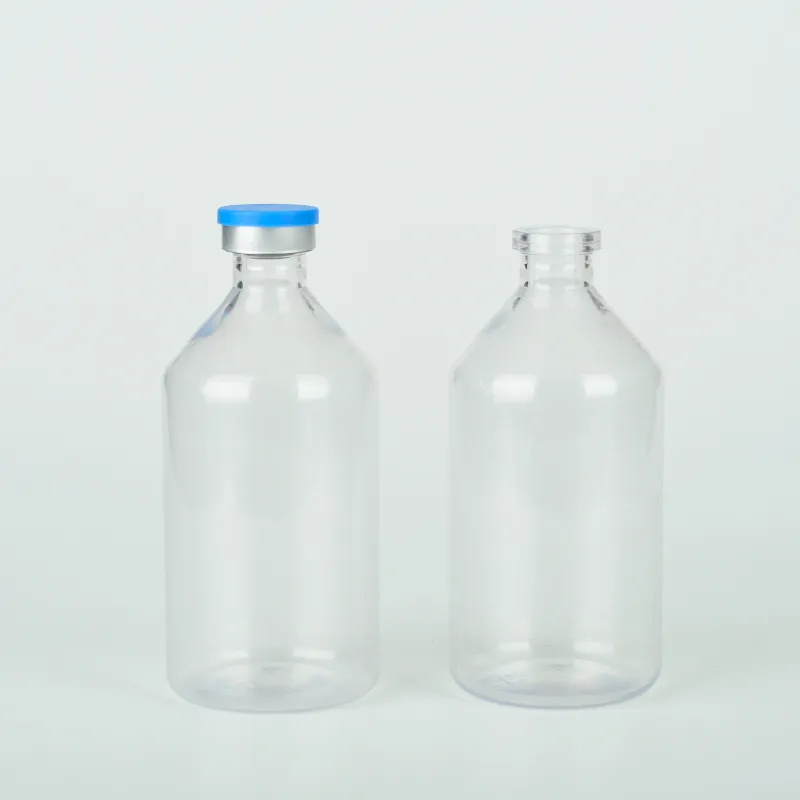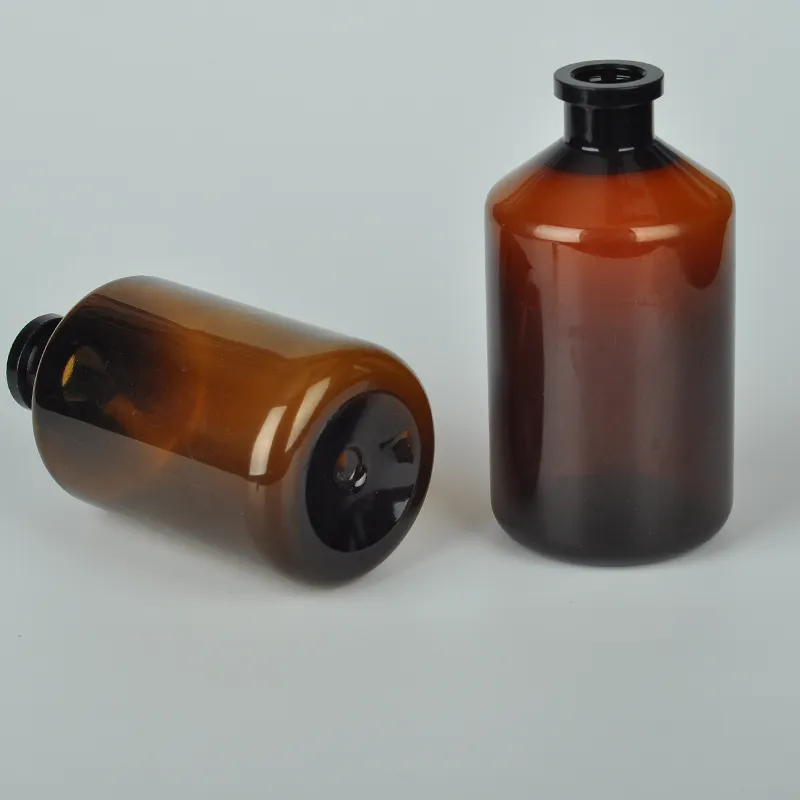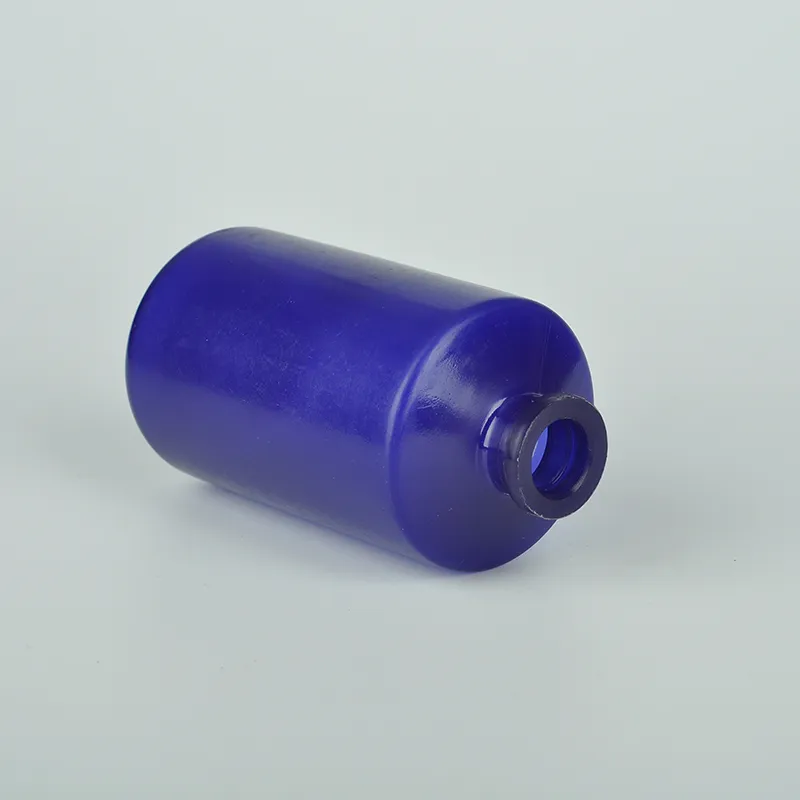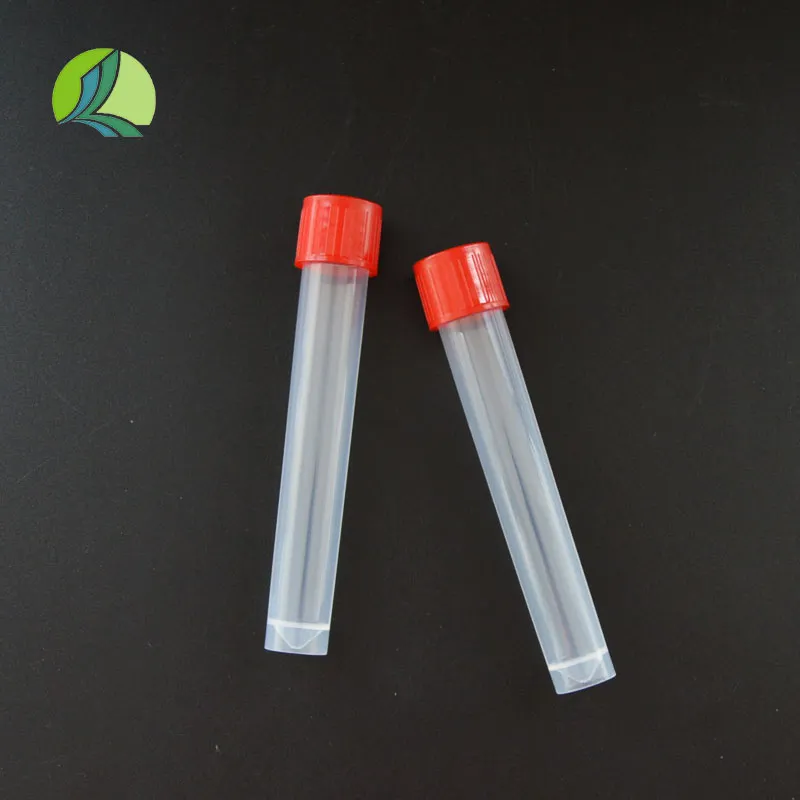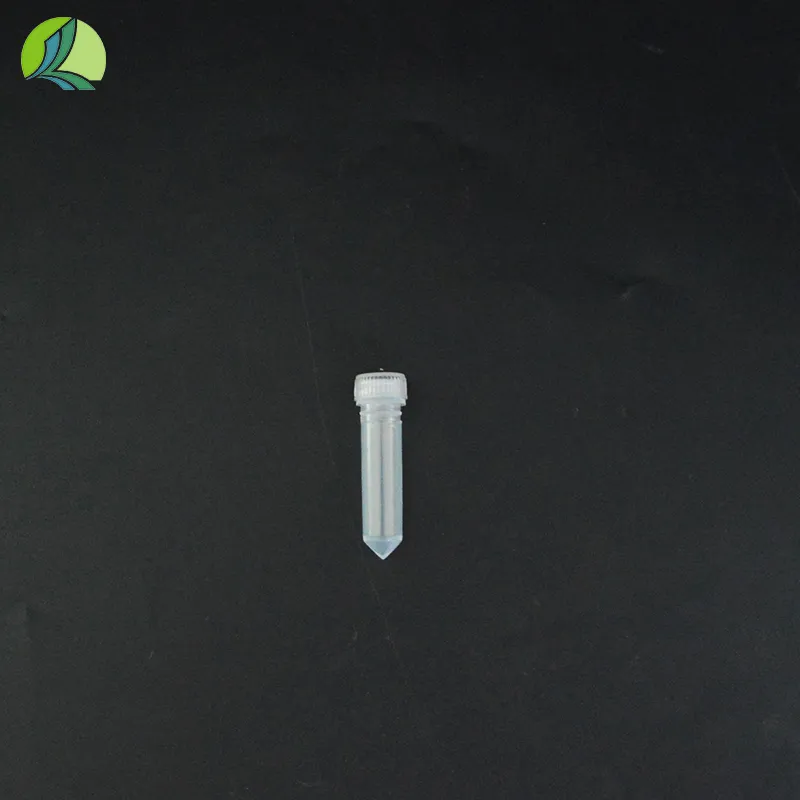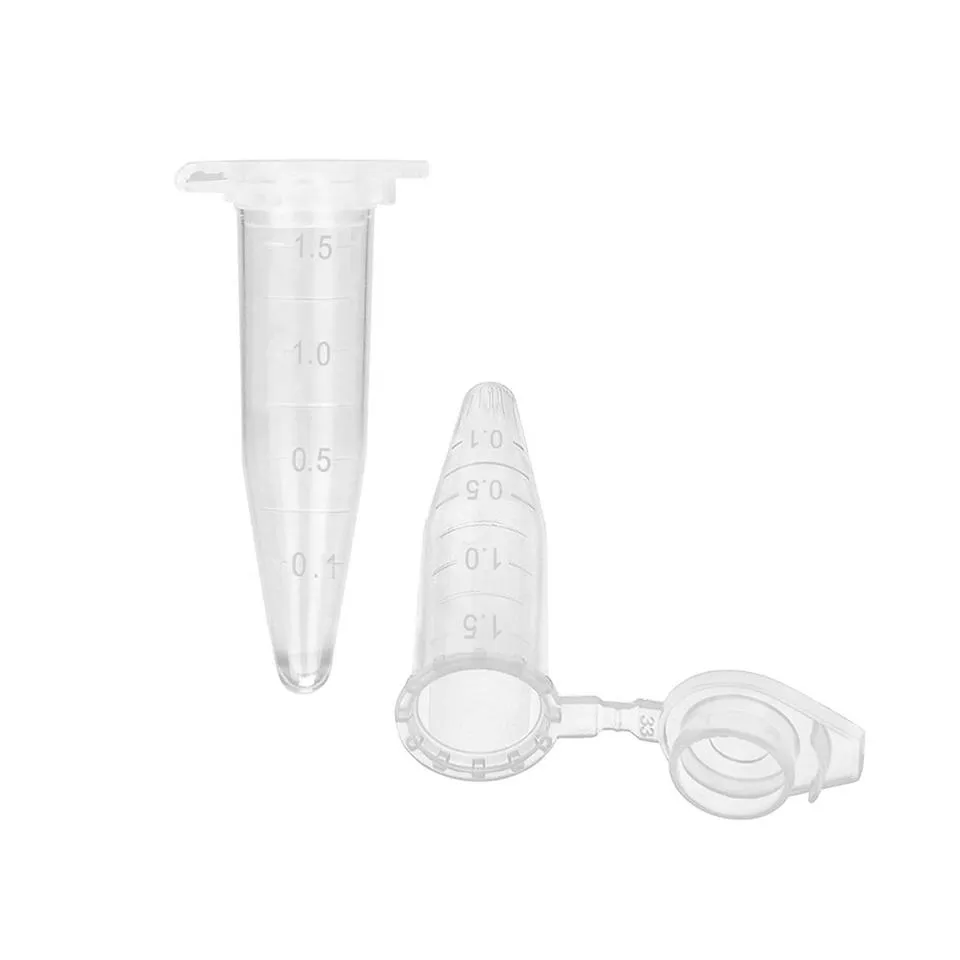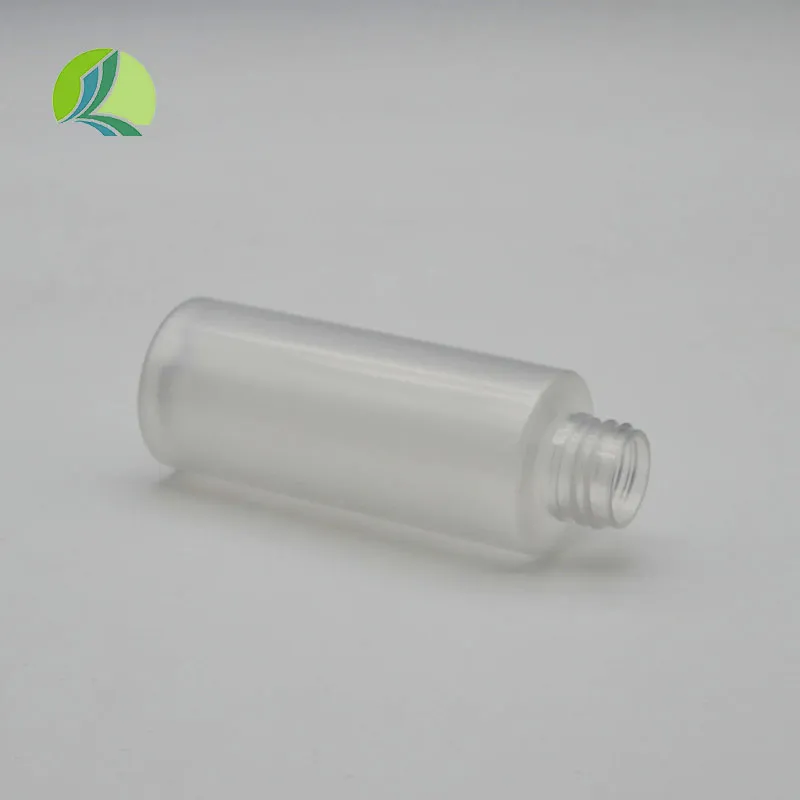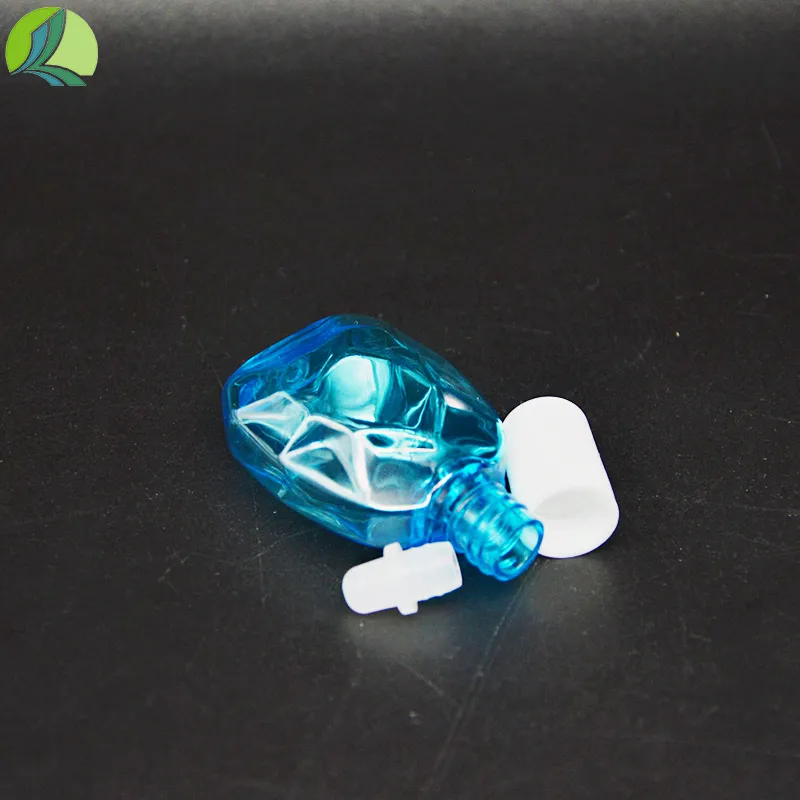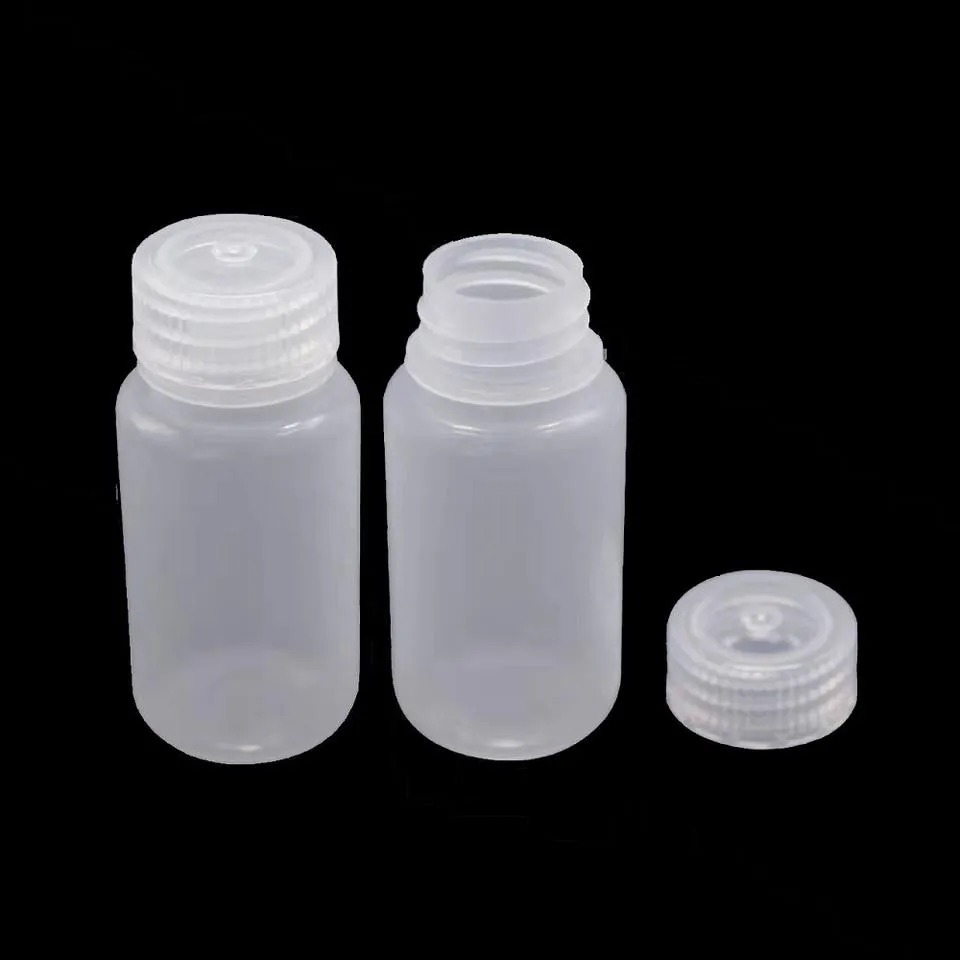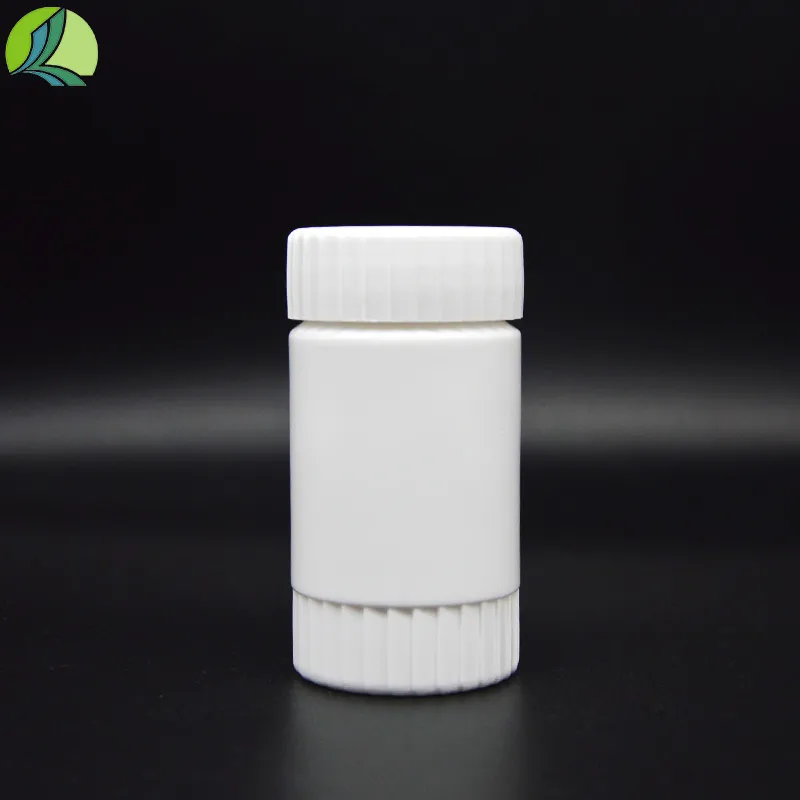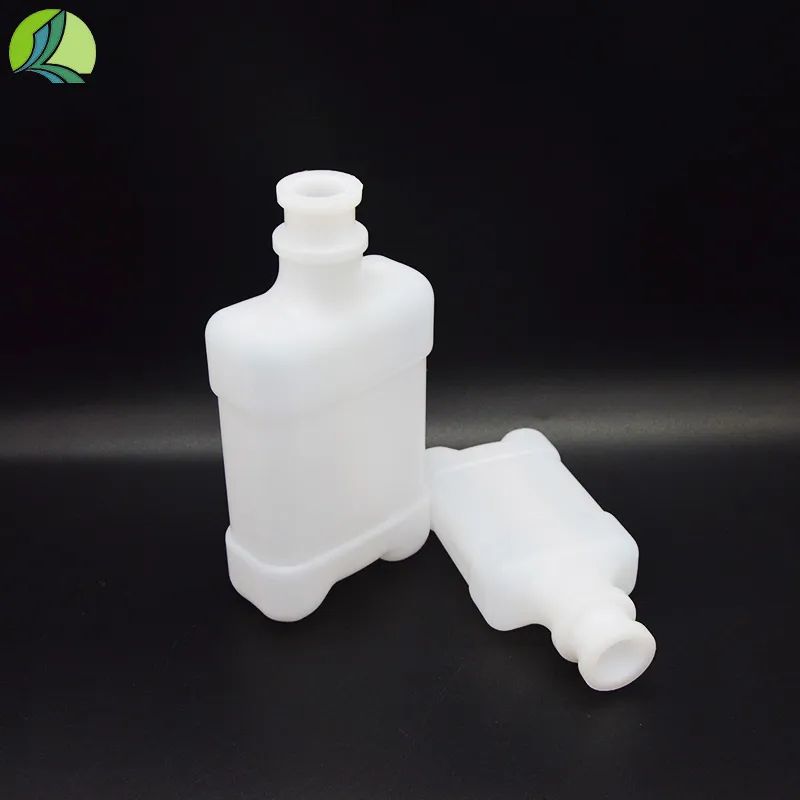
-
 Afrikaans
Afrikaans -
 Albanian
Albanian -
 Amharic
Amharic -
 Arabic
Arabic -
 Armenian
Armenian -
 Azerbaijani
Azerbaijani -
 Basque
Basque -
 Belarusian
Belarusian -
 Bengali
Bengali -
 Bosnian
Bosnian -
 Bulgarian
Bulgarian -
 Catalan
Catalan -
 Cebuano
Cebuano -
 Corsican
Corsican -
 Croatian
Croatian -
 Czech
Czech -
 Danish
Danish -
 Dutch
Dutch -
 English
English -
 Esperanto
Esperanto -
 Estonian
Estonian -
 Finnish
Finnish -
 French
French -
 Frisian
Frisian -
 Galician
Galician -
 Georgian
Georgian -
 German
German -
 Greek
Greek -
 Gujarati
Gujarati -
 Haitian Creole
Haitian Creole -
 hausa
hausa -
 hawaiian
hawaiian -
 Hebrew
Hebrew -
 Hindi
Hindi -
 Miao
Miao -
 Hungarian
Hungarian -
 Icelandic
Icelandic -
 igbo
igbo -
 Indonesian
Indonesian -
 irish
irish -
 Italian
Italian -
 Japanese
Japanese -
 Javanese
Javanese -
 Kannada
Kannada -
 kazakh
kazakh -
 Khmer
Khmer -
 Rwandese
Rwandese -
 Korean
Korean -
 Kurdish
Kurdish -
 Kyrgyz
Kyrgyz -
 Lao
Lao -
 Latin
Latin -
 Latvian
Latvian -
 Lithuanian
Lithuanian -
 Luxembourgish
Luxembourgish -
 Macedonian
Macedonian -
 Malgashi
Malgashi -
 Malay
Malay -
 Malayalam
Malayalam -
 Maltese
Maltese -
 Maori
Maori -
 Marathi
Marathi -
 Mongolian
Mongolian -
 Myanmar
Myanmar -
 Nepali
Nepali -
 Norwegian
Norwegian -
 Norwegian
Norwegian -
 Occitan
Occitan -
 Pashto
Pashto -
 Persian
Persian -
 Polish
Polish -
 Portuguese
Portuguese -
 Punjabi
Punjabi -
 Romanian
Romanian -
 Russian
Russian -
 Samoan
Samoan -
 Scottish Gaelic
Scottish Gaelic -
 Serbian
Serbian -
 Sesotho
Sesotho -
 Shona
Shona -
 Sindhi
Sindhi -
 Sinhala
Sinhala -
 Slovak
Slovak -
 Slovenian
Slovenian -
 Somali
Somali -
 Spanish
Spanish -
 Sundanese
Sundanese -
 Swahili
Swahili -
 Swedish
Swedish -
 Tagalog
Tagalog -
 Tajik
Tajik -
 Tamil
Tamil -
 Tatar
Tatar -
 Telugu
Telugu -
 Thai
Thai -
 Turkish
Turkish -
 Turkmen
Turkmen -
 Ukrainian
Ukrainian -
 Urdu
Urdu -
 Uighur
Uighur -
 Uzbek
Uzbek -
 Vietnamese
Vietnamese -
 Welsh
Welsh -
 Bantu
Bantu -
 Yiddish
Yiddish -
 Yoruba
Yoruba -
 Zulu
Zulu
Screw Cap Reagent Bottles: Reliable Storage Solutions for Laboratory Use
Screw cap reagent bottles are an essential category of laboratory containers designed to securely store chemicals, solvents, and reagents. These bottles are characterized by their screw-threaded necks and matching caps, which provide a tight seal to protect contents from contamination, evaporation, or exposure to moisture and air. The screw cap mechanism is favored in many laboratory settings for its ease of use, reusability, and robust sealing capability, making screw cap reagent bottles indispensable for maintaining chemical integrity during storage and handling.
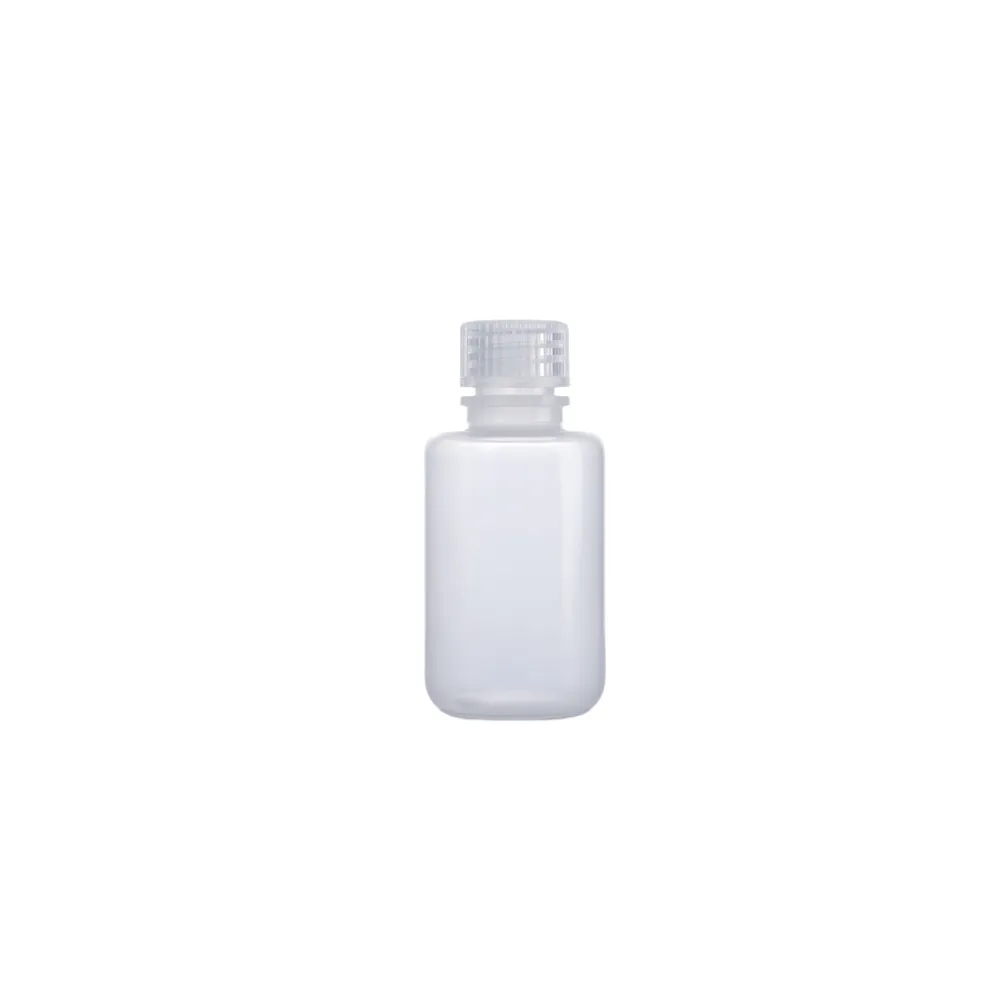
Screw Cap Bottle in Laboratory: Advantages and Applications
In laboratory environments, screw cap bottles serve as versatile containers for a wide range of reagents and chemicals. The screw cap ensures a secure and leak-proof closure, which is critical when dealing with volatile or hazardous substances. The ease of opening and reclosing these bottles allows lab technicians to use reagents repeatedly without compromising their quality.
Made from materials like borosilicate glass or chemically resistant plastics such as HDPE and PP, these bottles withstand exposure to acids, bases, and solvents. The screw cap also often features liners or seals made of inert materials to enhance chemical resistance and prevent degradation of sensitive reagents.
Their design supports convenient transport and storage within the lab, and they are frequently used to hold liquid reagents, solvents, and sometimes solid chemicals. Their compatibility with labeling systems helps ensure proper identification and safe usage. Because of these features, screw cap bottles in laboratories are highly trusted for both everyday and specialized chemical storage needs.
Diverse Reagent Bottle Uses in Scientific Research and Industry
The uses of reagent bottles extend beyond simple storage. In scientific research, they are integral for accurately measuring, mixing, and dispensing chemicals. Their chemical resistance and sealing capacity make them suitable for storing highly reactive or volatile substances without risk of contamination or loss.
Reagent bottles are also employed in pharmaceutical manufacturing, environmental testing, and educational laboratories, where they hold reagents required for various assays, reactions, or calibrations. Some bottles come equipped with graduated markings to facilitate precise measurements during experimental procedures.
In addition to storage and measurement, reagent bottles serve as transport containers for chemicals within and between laboratories, ensuring safety and chemical stability throughout the process. The versatility of reagent bottle uses highlights their importance in maintaining the integrity and reliability of scientific work across disciplines.
Amber Colour Reagent Bottle: Protection Against Light-Sensitive Chemicals
Certain chemicals and reagents degrade or lose efficacy when exposed to light, particularly ultraviolet (UV) rays. To address this, laboratories often utilize amber colour reagent bottles. These bottles are made from amber-tinted glass or plastic that filters out harmful light, thereby protecting light-sensitive substances.
The amber coloration not only preserves the chemical stability of reagents like iodine solutions, vitamins, or certain pharmaceuticals but also reduces the risk of photodegradation during storage and handling. These bottles are especially valuable in pharmaceutical labs and chemical industries where maintaining reagent purity is critical.
Amber reagent bottles retain the same physical and chemical properties as their clear counterparts, including chemical resistance and sealing effectiveness, but with the added benefit of light protection. Their use ensures longer shelf life and reliable performance of light-sensitive chemicals.
Maintaining Chemical Safety with Screw Cap and Amber Reagent Bottles
Safety in chemical storage is paramount in any laboratory setting. Screw cap reagent bottles provide an excellent balance of secure sealing and ease of access, reducing the likelihood of accidental spills or exposure. When combined with proper labeling and handling protocols, these bottles help maintain a safe working environment.
For chemicals that require protection from light, amber colour reagent bottles serve as a critical safety measure by preventing unwanted reactions induced by light exposure. Together, these specialized reagent bottles support safe laboratory practices by preserving chemical stability and protecting personnel from hazardous exposures.
Proper cleaning, inspection, and storage of these bottles further enhance laboratory safety and experimental accuracy. Adhering to manufacturer guidelines and industry standards ensures that screw cap and amber reagent bottles continue to perform reliably throughout their service life.
Reagent Bottle Manufacturer FAQs
What are the advantages of screw cap reagent bottles compared to other closures?
Screw cap reagent bottles offer a tight, leak-proof seal that is easy to open and reclose, making them highly practical for repeated use. They provide excellent chemical resistance when combined with appropriate sealing liners and prevent contamination and evaporation. Their durability and convenience make them preferred in many laboratory applications.
When should I choose an amber colour reagent bottle?
Amber colour reagent bottles are ideal for storing light-sensitive chemicals such as iodine, certain pharmaceuticals, and vitamins. The amber tint blocks UV and visible light that can degrade sensitive reagents, thereby extending their shelf life and maintaining effectiveness during storage.
Can screw cap reagent bottles be used with both glass and plastic materials?
Yes, screw cap reagent bottles are manufactured in both glass (often borosilicate) and plastics like HDPE or PP. The choice depends on chemical compatibility, durability needs, and cost considerations. Both types feature screw-threaded necks and compatible caps to ensure secure sealing.
How do reagent bottles contribute to laboratory safety?
Reagent bottles with secure closures prevent chemical spills and exposure, protecting personnel and the environment. Their chemical-resistant materials prevent degradation or reactions that could cause hazards. Proper labeling and use of amber bottles for light-sensitive reagents further reduce risks in chemical handling.
Are there specific maintenance practices for screw cap and amber reagent bottles?
Yes, bottles should be regularly inspected for cracks or degradation, thoroughly cleaned according to laboratory protocols, and caps checked for seal integrity. Avoid using bottles with damaged threads or seals. Proper storage away from incompatible chemicals and extreme temperatures prolongs their lifespan and ensures safety.
-
Understanding Reagent Bottles: Essential Tools for Chemistry and Laboratory UseNewsJul.29,2025
-
The Essential Role of Plastic Vaccine Vials in Modern HealthcareNewsJul.29,2025
-
The Essential Guide to Plastic Medicine Bottles: Safety, Manufacturing, and ApplicationsNewsJul.29,2025
-
Spray Bottle: A Versatile Tool for Everyday UseNewsJul.29,2025
-
Reliable Medicine Bottles: Ensuring Safety and Convenience in Medication StorageNewsJul.29,2025



